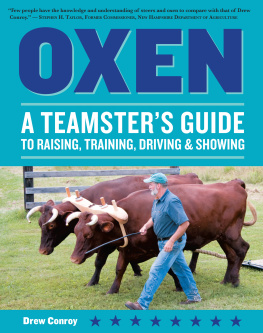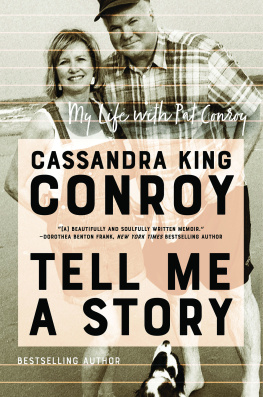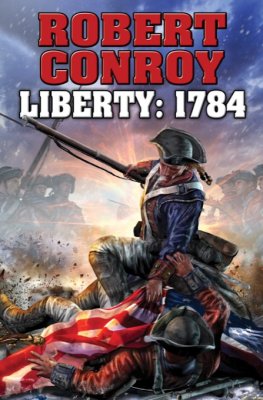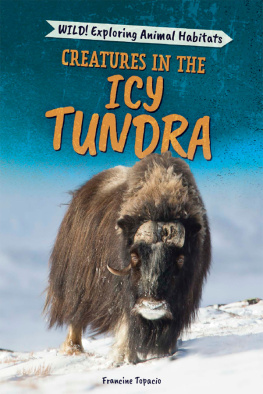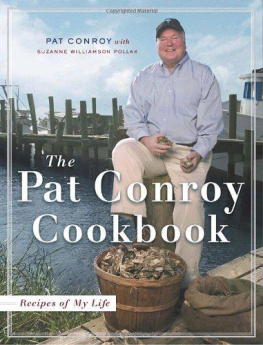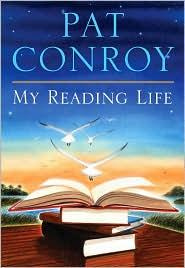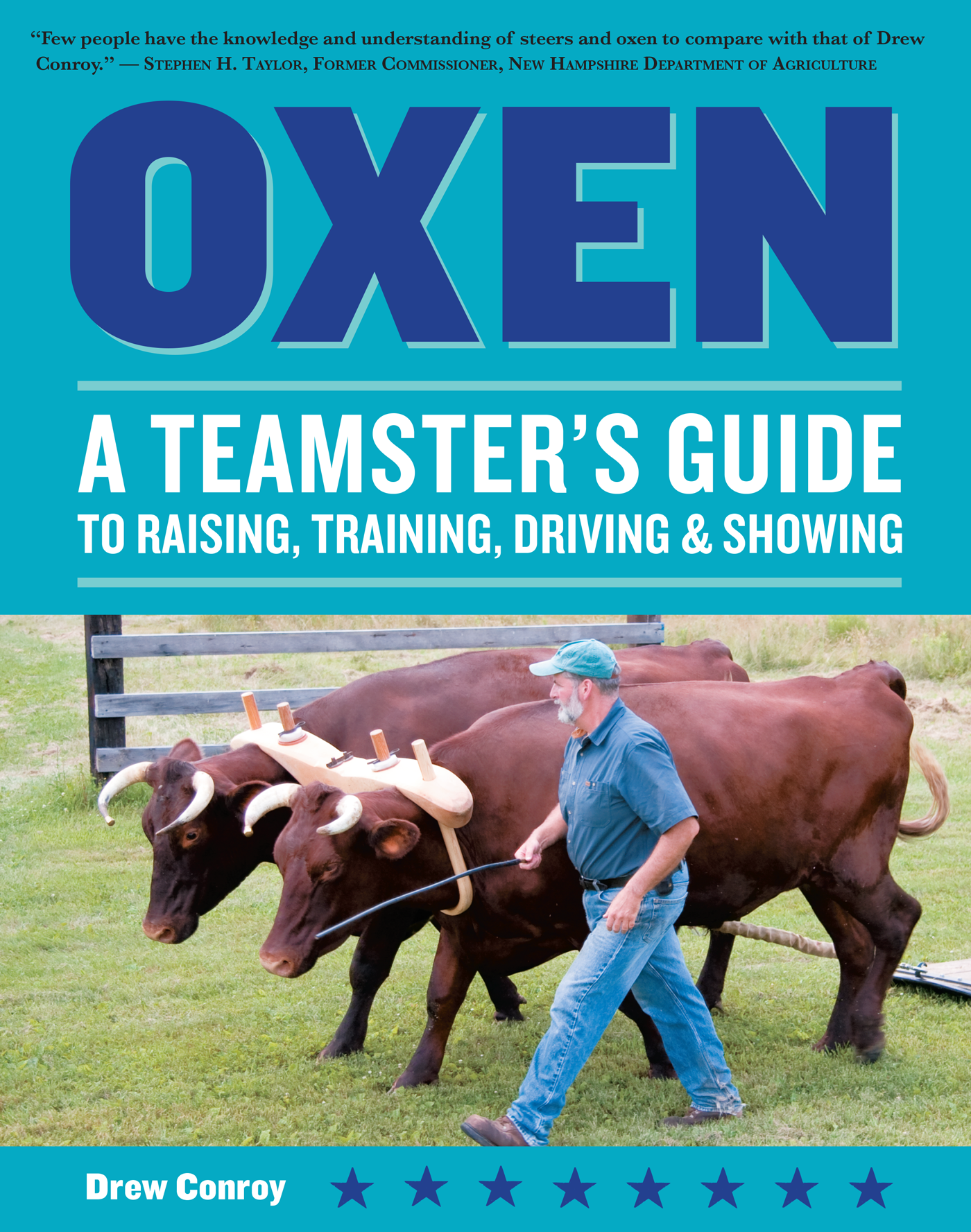Contents
Acknowledgments
This book is the result of years of work with oxen and research into how they were used in the past and are used today. I owe a tremendous amount of credit to my parents Bernard and Kathy Conroy, who allowed me to follow my dream. They never said no when it came to my interests in oxen. They allowed me to raise and train as many oxen as I could afford to feed, despite the many financial struggles they faced. Their physical and moral support were essential in the development of my skills and interest in oxen, and in my eventually putting it all together in this book.
Many other adults guided me through my early years. My first mentors in training oxen were Chester Punky Rhodenizer, Rob Gordon, and Jerry Courser. Without their ideas and input I would never have trained my first team.
Showing and pulling oxen as a kid, I learned a great deal from the many 4-H youth and adults who shared my passion. There are too many to name, yet all who shared with me the challenge of competition helped shape my understanding of how to work and train oxen. Many of them to this day continue to provide me with endless ideas, photographic opportunities, and inspiration. These include people like Brian and Kim Patten, Phil Mock, Bob Mock, Dwayne and Faith Anderson, Frank, Pauline and Arthur Scruton, Tim Huppe and family, Les Barden, and the many 4-H club members in New Hampshire who continue to keep the tradition alive.
I owe a great deal to two of my college professors. Dr. Doug Butler, then a faculty member at Northwest Missouri State University, inspired me in 1982 to put down on paper what I knew about oxen. Later, when I was a student at the University of New Hampshire, Professor Dwight Barney pushed me along to finish what I had started in Missouri. Without the intervention of these two men, my interest in oxen, like many childhood hobbies, would have gone no further. Their gentle persuasion resulted in an event that changed my life: the publication of The Oxen Handbook in 1986.
I owe a great deal to Richard Dick Roosenberg at Tillers International. Over the last 15 years his ideas and feedback have been critical to making me rethink what I knew about oxen when I wrote The Oxen Handbook. The opportunities he provided me with and the people he introduced me to have shaped my understanding of how oxen are yoked, trained, and used around the world. Dick helped me realize that I could take my interest in oxen to new levels. He and Tillers International have provided opportunities for experimentation and photography that would otherwise have been impossible for me to acquire.
Finally, I owe my wife Janet a lifetime of thanks and certainly more credit than anyone else for helping to further my knowledge about oxen. She put up with the hours, days, weeks, and even months that I was away from home learning about oxen in order to write this new book. Her endless patience and willingness to follow me to ox pulls, ox shows, 4-H meetings, movie shoots, and ox teamster training programs are a mere fraction of what she contributed to this book. My absences while working with oxen in Africa were particularly difficult, yet she never once said anything negative about my pursuit or about the fact that she was the one left doing the farm chores.
She and I have truly worked together in the making of this book. It could never have been written without her. During the last 20 years we raised and trained almost as many teams of oxen. These became the examples that allowed me to make this a work not only of ideas, but also of experiences. Janets energy, encouragement, proofreading, and ideas have been my inspiration. For this I would like to dedicate this book to Janet Alma Conroy, my wife, my partner, my lover, and my friend.
Foreword to the Second Edition
Most young people grow up having a hero of some sort. That hero may be an athlete, a coach, a scout leader, a teacher. Drew and I, like so many growing up in ox-rich New England, found our heroes among the accomplished men who drove oxen, the teamsters. They worked cattle on their farms and in the woods, and come spring they began exercising and conditioning their teams in preparation for the pulling and showing competitions held at the country fairs.
As members of the 4-H Working Steer Program, we trained our own teams under their watchful eyes. Sitting on a hay bale in an old barn or at a fair, we listened to the stories they told and the sound advice they gave, and we strove to take our teams to a higher level of training.
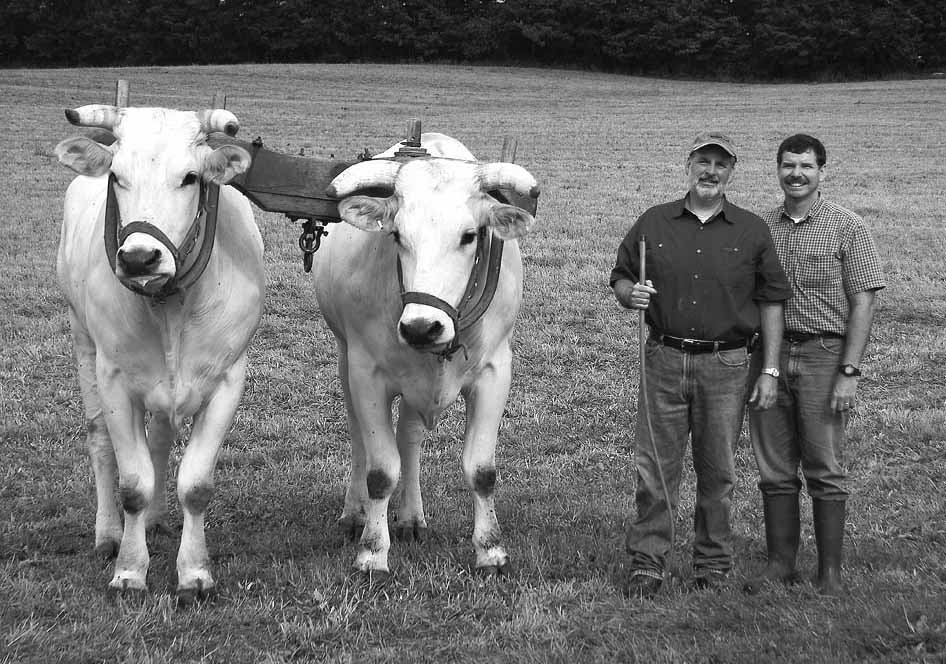
The author and Tim Huppe
Standing among the teamsters during a competition class, in which teams of steers and oxen pulled many thousands of pounds, we heard detailed discussions of proper yoking, yoke design, draft, and the principles of good teamstering. This vibrant oral tradition, however, while passing knowledge on through generations of teamsters, has never been fully realized in print. This book is an attempt to gather those voices on paper.
Drew has dedicated much of his life to this task. His formal training and subsequent position of Professor of Animal Science, the knowledge he has attained from good ox teamsters, and his many years of hands-on experience using his own teams for practical work all have qualified him to teach both the basics and the advanced craft of training teams and teamsters. He has written dozens of articles, published two books, and made two training films. He has done research in seven countries on four continents. He has worked with and lectured to 4-H clubs, rare-breed organizations, and historical groups, and has somehow found time to conduct in-depth and intensive workshops.
For good reason, Drew is often referred to as an expert on the subject of oxen. I once heard him say, I dont think of myself as an expert; however, I consider myself to be the best student on the subject of training and working oxen. There is, perhaps, no finer way in which to carry on the work of preserving the integrity of the past while allowing us to touch it in the present. It is his gift to all.
Tim Huppe
BerryBrook Farm
Farmington, New Hampshire
Foreword to the First Edition
In search of every clue to the better training of oxen, I had carefully studied Drew Conroys The Oxen Handbook several years before I was invited to Plimoth Plantation in 1990 to help with a session on training oxen. At that time I had been working oxen for nearly twenty years.
I knew Drew Conroy would be there with a team. I knew he was still a young man, a product of New Englands excellent and much coveted 4-H Working Steer program. I had never met Drew. To spot him I watched each teamster bring his team up the lane.
One team stood out for their sharp responsiveness. The force of the teamsters confidence in working his animals immediately caught my attention. His oxen reacted quickly to every command, although they did not appear to be frightened. His commands were clear and unwavering. Of course that young man turned out to be Drew. My own ox driving has improved significantly as I have studied him and his methods of working cattle. What makes this guy click so well with teams of cattle?
Drews enthusiasm for working oxen has the same irresistible strength as his authority over them. It is not surprising that the students at the University of New Hampshire honored him for excellence in teaching. His excitement is contagious. He frequently comes to Tillers training center in Scotts, Michigan, to help teach classes in ox training and driving. Drew challenges students with one training exercise after another. He uses stories and slides to stretch the brains of students after their legs will not chase after another steer.

